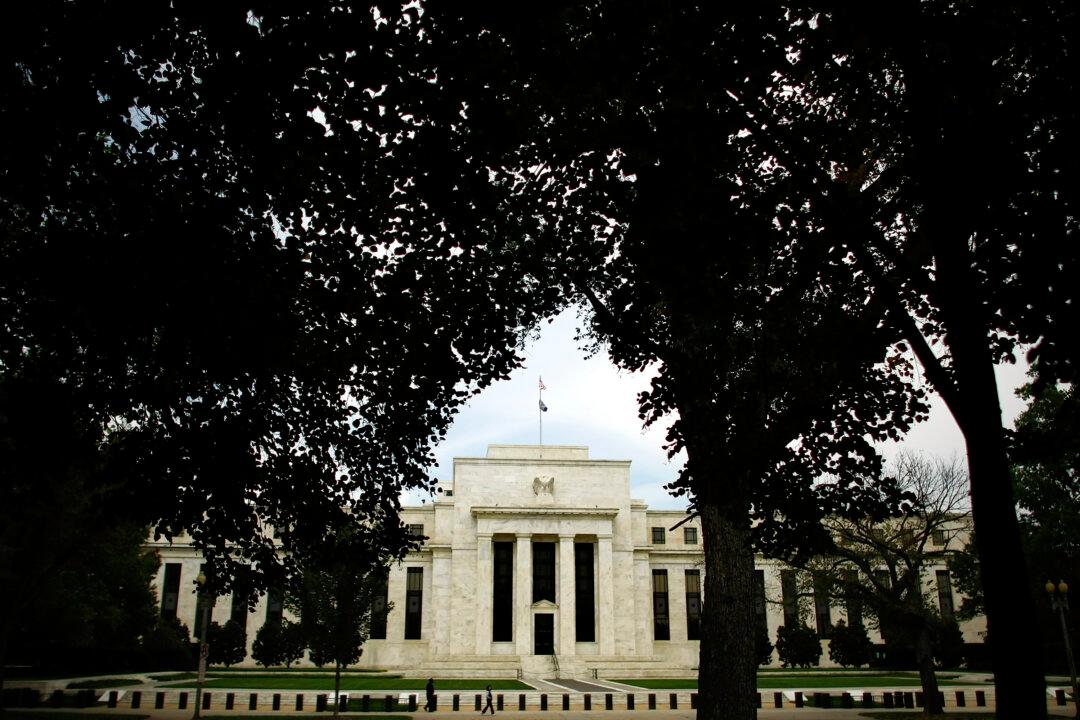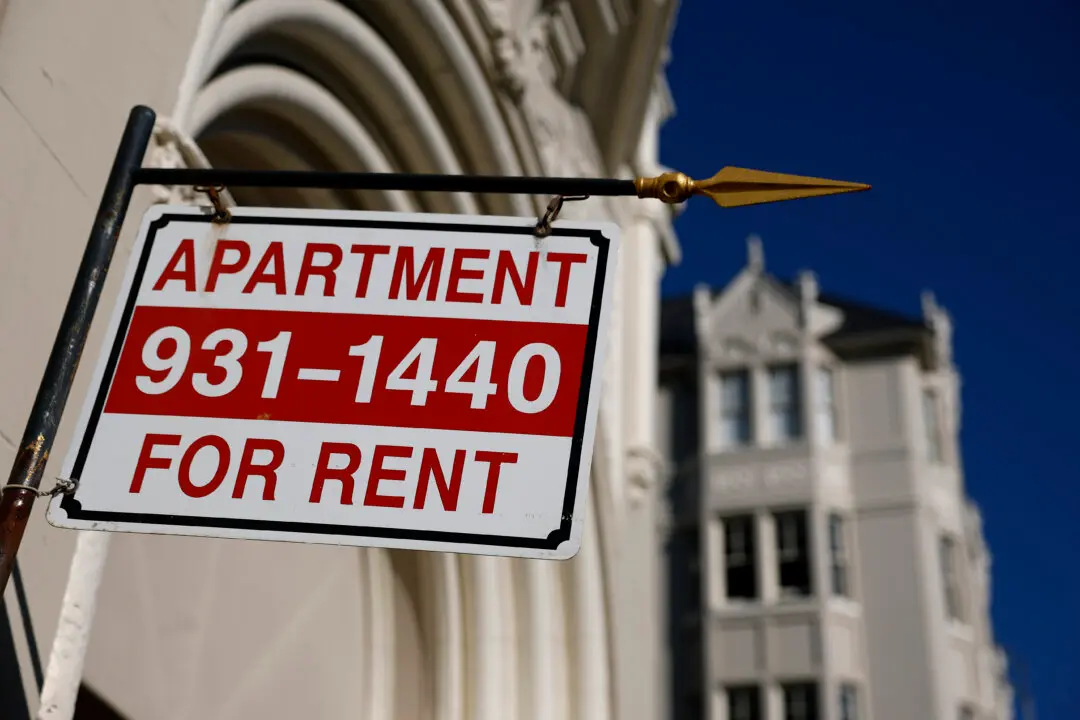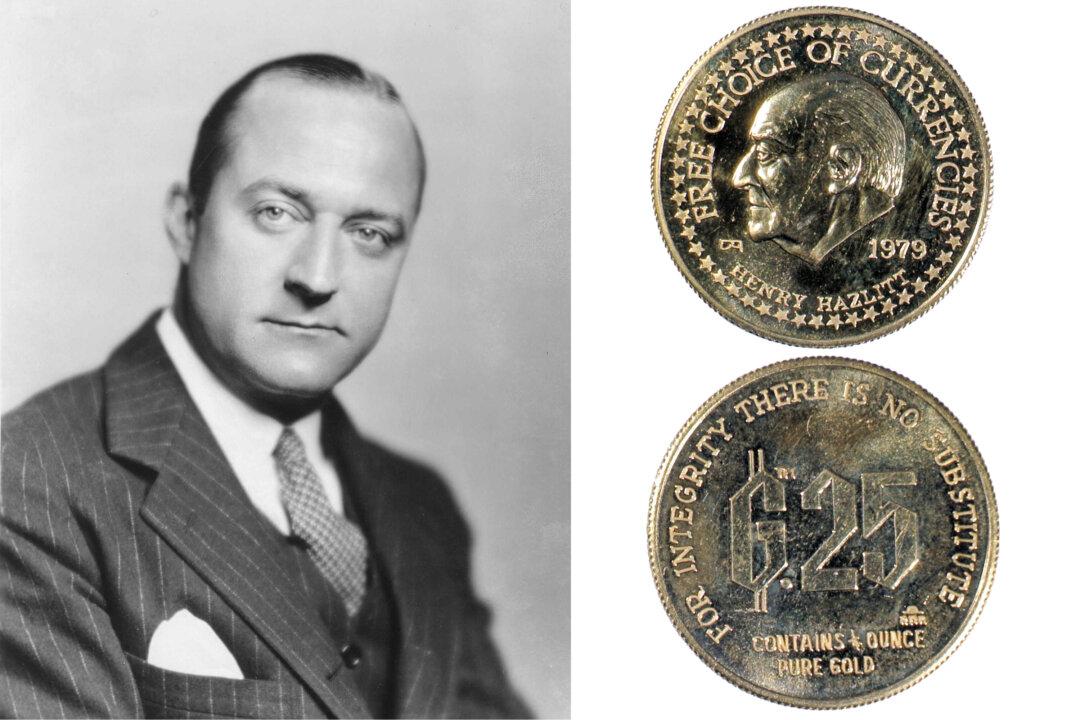Commentary
June’s year-over-year Consumer Price Index is still running at 3 percent, which is now considered more-or-less on target. Five years ago, that would have been seen as intolerably high. The month-over-month decline of 0.1 percent, the best in a year, was driven by gas and used cars, which are reported as down by 10 percent year-over-year (but still up 30 percent over four years).





